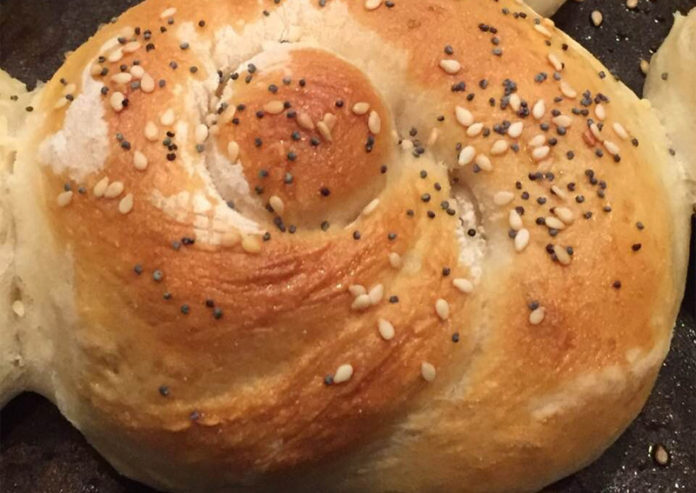After years of a low-sodium lifestyle, I have noticed that the bakery section is one of the few places where the absence of salt is hardly noticeable. While some low-sodium bread can be a bit bland, there is hardly any difference in taste between the low-sodium and traditional bread versions. Therefore, people can really enjoy baked goods that satisfy them without worrying about high levels of sodium.
It is essential to be mindful of your daily sodium intake if you have been instructed to do so. Fortunately, it is possible to modify most baked goods to fit this requirement by reducing the salt content and utilizing sodium-free leavening agents instead of the traditional ones.
If you’re not used to baking without salt, you may not be familiar with these leavening agents. However, all of them will give you great results, and you can easily find them at stores like Whole Foods (they carry Featherweight sodium-free baking powder) or online. So if a recipe calls for baking powder, any of these options should do the trick. But remember, when it comes to sodium-free baking soda, it’s important to use TWICE as much. Sodium-free baking soda is not as strong as normal ones, and so in order to achieve the same rise in your baking product, you have to use more.
When baking low-sodium desserts, it’s important to be aware of ingredient substitutions that may be necessary. Low-fat milk or coconut milk are great alternatives to evaporated or condensed milk. In extreme cases, certain ingredients may need to be eliminated or used sparingly – cream cheese is an example of this.
At the end of the day, it’s all about being creative. Sure, there’s an element of science to baking, but recipes can be adapted as long as you stick with the basic principles. Baking is an art form – there’s something truly captivating about creating something sweet and delicious that can fill your taste buds with joy. Why bother with salt when you can enjoy the sweetness of baking?
When creating delicious salt-free treats from scratch, it’s important to keep in mind the following suggestion: use 1 teaspoon of sodium-free baking powder or 1/2 teaspoon of sodium-free baking soda for every cup of flour. You may require a bit more if you’re adding dried fruits, nuts, or chips, but this general rule should provide you with a great starting point. Follow the proportions closely and you will be successful similar to how you are already adhering to a no-salt regimen.







New to low salt and zero salt
dinner meals , snacks
Bread and sauce.